Medication-Induced Thrombotic Thrombocytopenic Purpura: A Life-Threatening Reaction You Need to Know
Medication-Induced TTP Risk Checker
Medication Risk Assessment Tool
Check if your medication is associated with thrombotic thrombocytopenic purpura (TTP). TTP is a life-threatening condition that can develop days to months after taking certain medications.
What Is Drug-Induced Thrombotic Thrombocytopenic Purpura?
Thrombotic thrombocytopenic purpura (TTP) isn’t just a rare blood disorder-it’s a medical emergency that can kill you in days if missed. When it’s triggered by a medication, the danger is even more insidious because you might not connect the dots between what you took and what’s happening to your body. You start feeling off-maybe a headache, fatigue, or bruising out of nowhere. By the time you see a doctor, your platelets have crashed, your red blood cells are being shredded, and your kidneys or brain are starting to fail. This isn’t a slow decline. This is a ticking clock.
TTP happens when tiny clots form in your smallest blood vessels. These clots use up your platelets, so your body can’t stop bleeding. They also shear red blood cells as they squeeze through, causing anemia. The result? Purple spots on your skin (purpura), confusion, seizures, kidney damage, and sometimes death. The trigger? Over 300 medications have been linked to it. But only a handful are proven culprits-and most people have never heard of them.
The Two Ways Medications Cause TTP
Not all drug-induced TTP is the same. There are two very different ways this happens, and knowing which one you’re dealing with changes everything.
The first is immune-mediated. This is like your body being tricked into attacking itself. A drug-like quinine or clopidogrel-binds to your platelets. Your immune system sees this combo as foreign and makes antibodies to destroy it. But here’s the twist: those antibodies don’t just target the drug. They also destroy your healthy platelets. This is why you can take the drug once, feel fine, and then develop TTP weeks or even years later when you take it again. Your immune system remembers. This type makes up about 60% of cases.
The second is dose-dependent toxicity. This isn’t about your immune system. It’s about the drug literally burning out the lining of your blood vessels. Drugs like cyclosporine and mitomycin C do this over time. The longer you take them, the more damage builds up. Symptoms usually show up after 6 to 12 months. You’re not having an allergic reaction-you’re having cumulative poison. These cases don’t respond well to plasma exchange. The only fix? Stop the drug and hope your body can repair itself.
The Top 5 Medications That Can Trigger TTP
Not all drugs carry the same risk. Some are rare offenders. Others are well-documented killers. Based on over 1,300 published cases and global registries, here are the five medications with the strongest evidence:
- Quinine-found in tonic water, malaria pills, and some leg cramp remedies. One case per 10,000 prescriptions. But if you drink 2-3 glasses of tonic water daily for weeks, you’re in danger. There are documented cases from people who thought they were just enjoying a gin and tonic.
- Clopidogrel (Plavix)-a common blood thinner after heart attacks or stents. About 1 in 26,000 users develop TTP. Symptoms often appear within two weeks. It’s rare, but deadly.
- Ticlopidine-an older blood thinner that’s almost gone now, but it was once the #1 cause of drug-induced TTP. The FDA issued a black box warning in 2010 after 1 in 1,600 users developed it. Sales dropped 86% after that.
- Cyclosporine-used in transplant patients to stop organ rejection. Up to 15% of high-dose users develop TTP. It’s dose-dependent, so doctors monitor it closely. But if you’re not in a hospital, you might not know the signs.
- Mitomycin C-a chemotherapy drug. TTP shows up months after treatment ends. It’s not immune-driven. It’s direct damage. Recovery can take months, even after stopping the drug.
And now, newer drugs are joining the list. TNF-alpha inhibitors like adalimumab (Humira) and checkpoint inhibitors like pembrolizumab (Keytruda) have been linked to TTP in recent years. These are used for arthritis and cancer. If you’re on one and suddenly feel unwell, don’t assume it’s just fatigue.
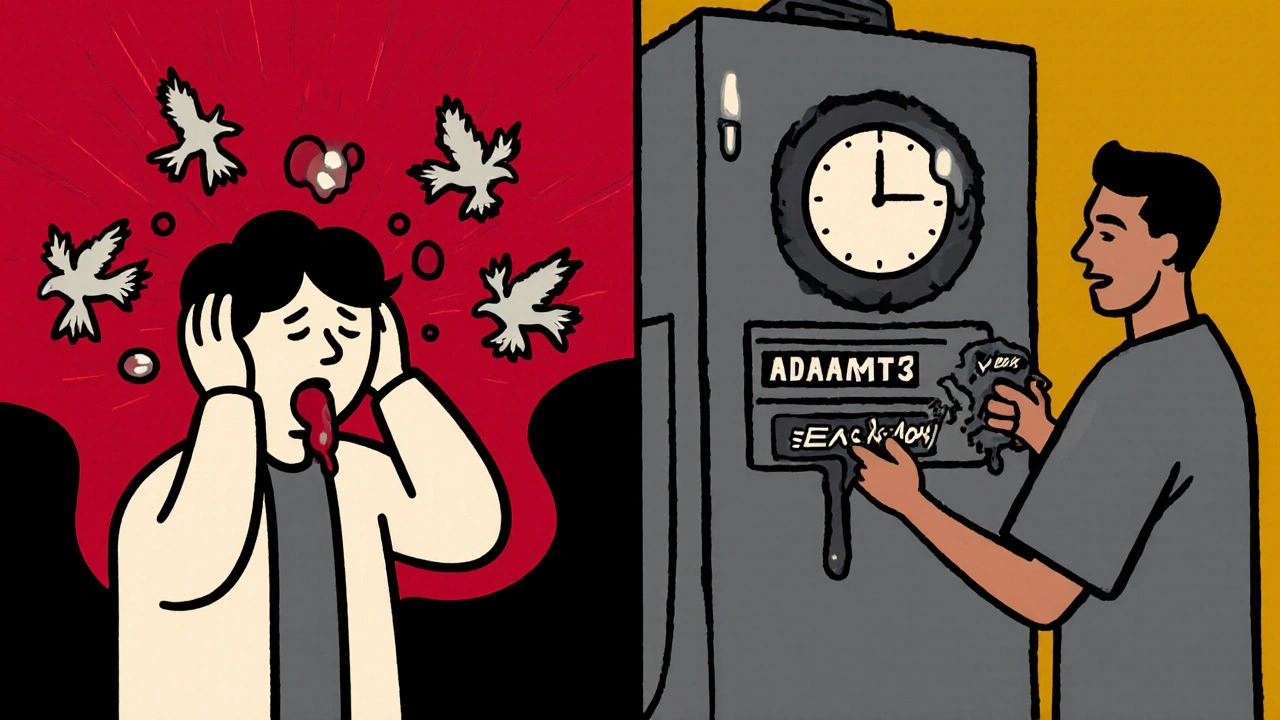
How Doctors Diagnose It (And Why It’s Often Missed)
TTP is misdiagnosed in 40% of cases. Why? Because it looks like other things-flu, ITP (immune thrombocytopenia), sepsis, even stress.
Doctors look for three things:
- Low platelets (under 150,000 per microliter)
- Shattered red blood cells (schistocytes) on a blood smear
- High LDH (a sign of cell destruction) and no haptoglobin
That’s the classic triad. But the real diagnostic gold standard is ADAMTS13 enzyme activity. If it’s below 10%, it’s immune-mediated TTP. But testing takes 24 to 72 hours. You can’t wait. If you have the triad and a recent drug exposure, treatment starts now.
Delay kills. Studies show that if plasma exchange starts within 4 hours of diagnosis, survival jumps to over 90%. After 24 hours, it drops below 60%. That’s why emergency rooms are now trained to think TTP anytime someone has low platelets and neurological symptoms after starting a new drug.
What Happens If You’re Diagnosed?
Time is everything. Here’s what happens next:
- Stop the drug immediately. No exceptions. Even if you think it’s helping your condition, the risk isn’t worth it.
- Plasma exchange (plasmapheresis). This is the lifeline for immune-mediated TTP. Your blood is pulled out, your plasma (which has the bad antibodies) is removed, and replaced with donated plasma. Done daily until platelets recover-usually 5 to 10 sessions. It works in over 80% of cases.
- Corticosteroids. Often given with plasma exchange to calm the immune system.
- Caplacizumab. A newer drug (approved in 2019) that blocks clot formation. It cuts recovery time by nearly half. But it costs $18,500 per course. Not available everywhere.
- For dose-dependent cases (like cyclosporine): Plasma exchange doesn’t help much. Just stop the drug, support your kidneys, and wait. Recovery can take months.
Intensive care is common. Half of patients need it. About 1 in 5 die, even with treatment. That hasn’t changed in 30 years. Why? Because diagnosis is still too slow.
What You Need to Do Before Taking New Medications
You can’t avoid every risk. But you can reduce yours.
- Ask your doctor: “Could this drug cause TTP?” Especially if it’s new, off-label, or you’re on multiple meds.
- Check your OTC products. Quinine is in tonic water, bitter lemon, and some muscle cramp remedies. One woman in the UK developed TTP after drinking two glasses of tonic water daily for three weeks. She thought it was harmless.
- Know your body. If you start feeling unusually tired, confused, or notice unexplained bruises or blood in your urine, don’t wait. Go to A&E. Say: “I think I might have TTP. I started [drug name] two weeks ago.”
- Keep a medication log. Include doses, start dates, and even supplements. This helps doctors connect the dots fast.
- If you’ve had drug-induced TTP once, you’re at high risk if exposed again. Never take the drug again-even if it was years ago.
The Hidden Danger: Tonic Water and Over-the-Counter Drugs
This is the part no one talks about. You don’t need a prescription to get TTP.
Quinine was banned for leg cramps in the U.S. and EU because of the risk. But it’s still in tonic water. And people drink it regularly-especially in the UK, where gin and tonic is cultural. A 2019 BMJ case report described a 58-year-old man who developed TTP after drinking 2-3 glasses of tonic water every night for a month. He didn’t think it was a drug. He thought it was a soft drink.
The FDA and EMA now warn: even small amounts can trigger TTP in sensitive people. The risk is low-but not zero. And once you’re sensitized, even one glass could be enough.
Don’t assume “natural” or “over-the-counter” means safe. TTP doesn’t care how you took the drug. It only cares that you took it.
What’s Next? Better Tools, Better Awareness
Science is catching up. Researchers are working on point-of-care ADAMTS13 tests that could give results in under an hour. Genetic screening is also emerging-some people carry HLA-DRB1*11:01, which makes them 4 times more likely to develop quinine-induced TTP.
But until those tools are everywhere, the best defense is awareness. If you’re on a new medication and feel wrong-really wrong-trust your gut. Go to the hospital. Say: “I think this drug might be causing TTP.”
Doctors need to be reminded. Patients need to be warned. And we all need to stop assuming that if it’s sold in a pharmacy, it’s safe.
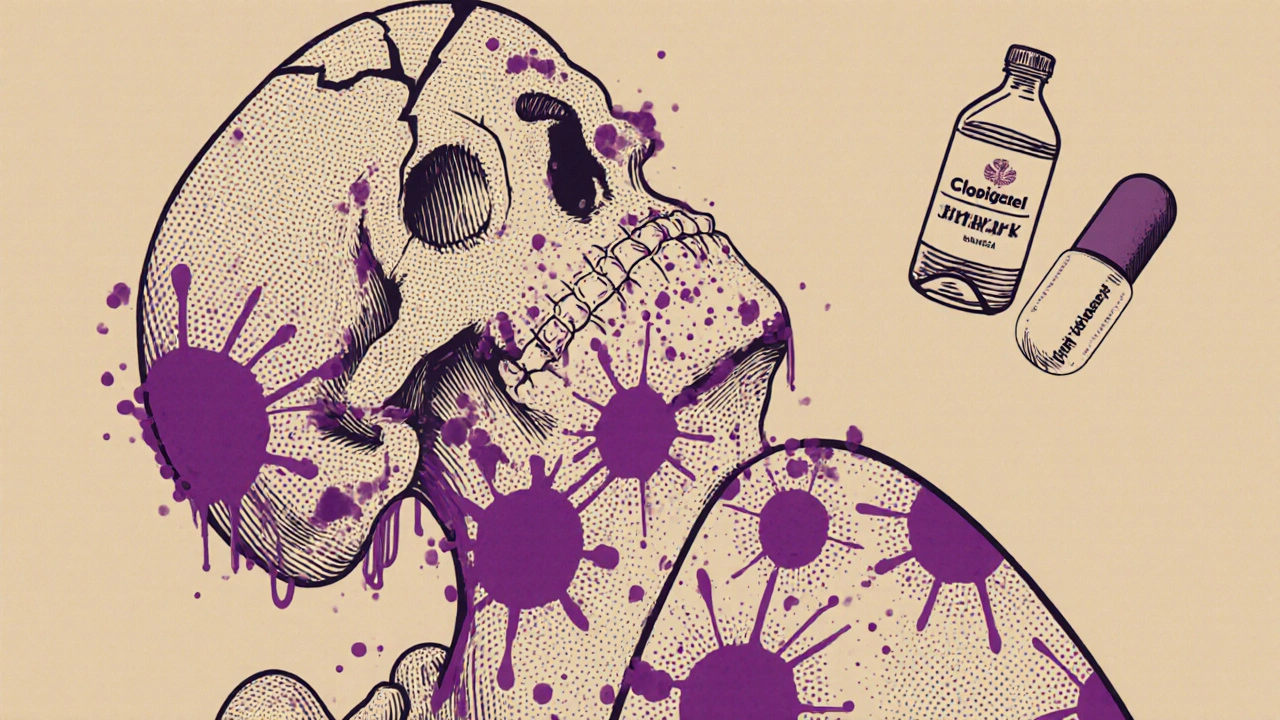
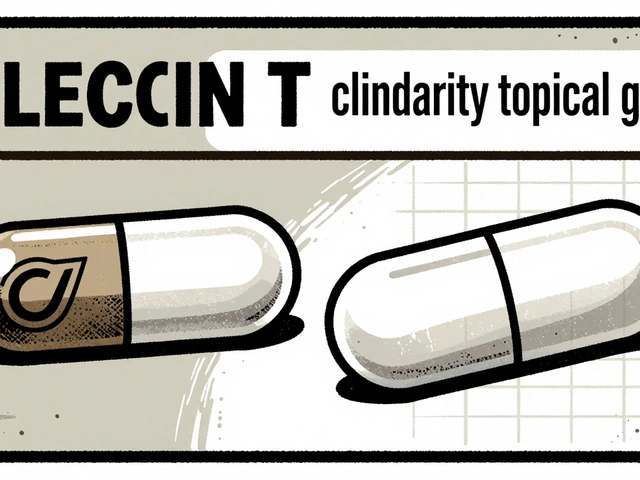
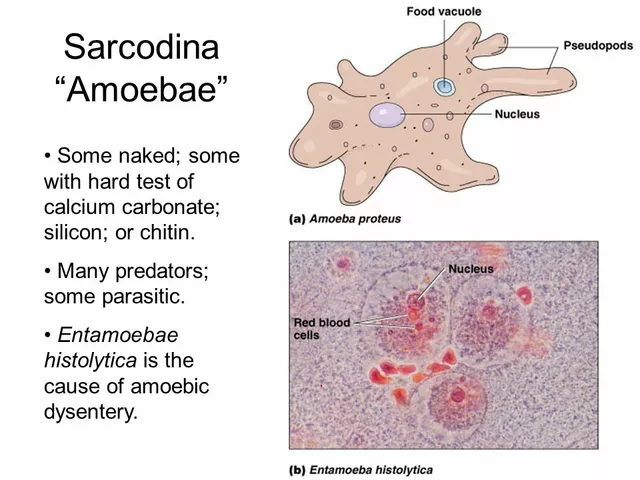

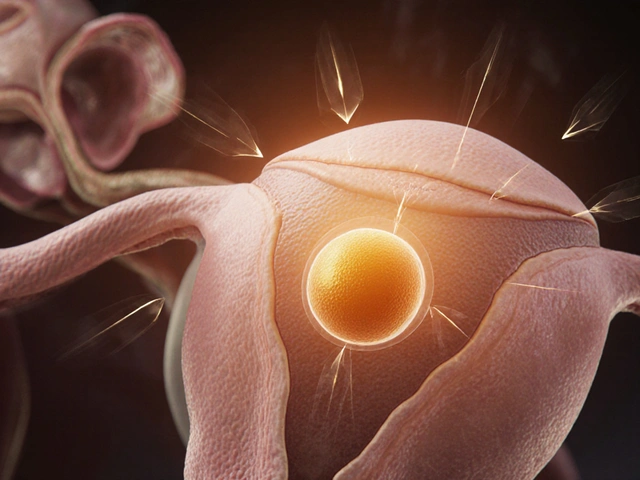
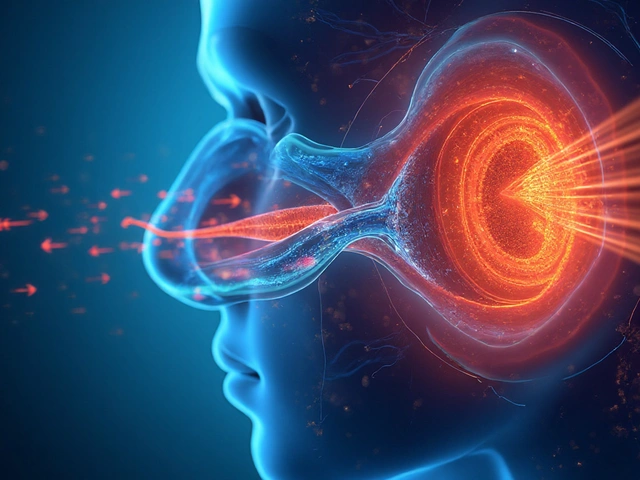
16 Comments
neville grimshaw
November 25 2025So let me get this straight-you’re telling me my nightly gin and tonic is basically a slow-motion suicide pact? I mean, I thought tonic water was just fancy soda. Now I’m scared to even sip water with lemon. 🥴
Carl Gallagher
November 25 2025I’ve been on cyclosporine for my psoriasis for over a year now, and honestly, I never once thought about TTP. My dermatologist mentioned kidney monitoring, but never this. The fact that it’s cumulative and doesn’t respond to plasma exchange is terrifying. I’m scheduling a blood test next week just to be safe. Better paranoid than dead, right?
bert wallace
November 27 2025I work in a rural ER. We see maybe one TTP case every two years. Most of the time, we write it off as sepsis or ITP. The article’s right-diagnosis is too slow. We need protocols. Not just ‘think TTP’-we need checklists. Blood smear? LDH? ADAMTS13? Should be standard for any patient with unexplained thrombocytopenia and neuro symptoms. It’s not rocket science.
Neal Shaw
November 28 2025The pathophysiology here is elegant in its brutality. Immune-mediated TTP is essentially molecular mimicry gone rogue: the drug acts as a hapten, altering platelet surface epitopes, triggering IgG autoantibodies against ADAMTS13’s substrate. The dose-dependent variant, meanwhile, represents direct endothelial cytotoxicity-akin to chemotherapy-induced microangiopathy. The clinical implication is clear: one requires immunomodulation, the other requires cessation and supportive care. Yet, in clinical practice, the distinction is routinely blurred due to delayed testing. This is why empirical plasma exchange remains the cornerstone of initial management.
Hamza Asghar
November 29 2025Wow. So the entire medical system is just waiting for people to die before they take this seriously? Quinine in GIN AND TONIC? People are drinking this like it’s sparkling water and nobody’s putting up warning labels? This isn’t a rare disease-it’s a corporate negligence epidemic. Pharma doesn’t care if 1 in 10k die as long as they sell 10 million bottles. And doctors? They’re too busy scrolling through their phones to ask ‘what meds are you on?’
Karla Luis
November 30 2025I mean… I took Plavix after my stent and never thought twice. Now I’m reading this and wondering if my weird headaches last year were TTP starting. I’m not even mad. Just… impressed by how many things kill you quietly. Also why is caplacizumab so expensive? Is it made out of unicorn tears?
jon sanctus
December 1 2025I had a friend die from this. They thought their ‘flu’ was just stress. Took three days to get diagnosed. By then, the brain damage was irreversible. I still wake up screaming sometimes. Why is this not on every drug label? Why isn’t this in med school 101? This isn’t rare-it’s ignored. And the people who suffer? They’re just collateral damage for profit.
Kenneth Narvaez
December 2 2025ADAMTS13 activity <10% is diagnostic for immune-mediated TTP. Schistocytes on peripheral smear confirm microangiopathic hemolytic anemia. LDH >1000 U/L and undetectable haptoglobin support hemolysis. Platelet count <20,000/μL is typical. Plasma exchange remains first-line. Caplacizumab is an adjunctive anti-vWF nanobody that reduces microthrombus formation. Dose-dependent TTP lacks immune activation and thus does not respond to plasmapheresis. Genetic predisposition via HLA-DRB1*11:01 increases quinine-induced risk 4-fold. No known cure for endothelial toxicity from mitomycin C.
Christian Mutti
December 3 2025I just want to say… this is one of the most important articles I’ve ever read. 💔 I’ve seen what happens when medicine ignores the quiet screams. Please, if you’re reading this-don’t wait. Don’t assume. Don’t be polite. Say it loud: ‘I think this drug is killing me.’ You deserve to live. And so does everyone else.
Liliana Lawrence
December 5 2025I’m from the UK and I drink tonic water every weekend… now I’m terrified 😭 I mean, I thought it was just a drink? Like… it’s not even medicine? Why isn’t there a big red warning on the bottle? I’m going to call my GP tomorrow. Also, I just bought a new bottle of tonic water… I’m going to throw it out. 💔
Sharmita Datta
December 6 2025This is all a lie. The pharmaceutical industry created TTP to sell plasma exchange machines and caplacizumab. Quinine is a natural herb. The real cause is 5G radiation and chemtrails. They don't want you to know that the WHO is hiding the truth about vaccines causing autoimmune disorders. Look at the HLA gene-it's a bioweapon. They're testing on us. I know someone who died after taking Plavix. The hospital covered it up. You think this is coincidence? It's a pattern.
mona gabriel
December 6 2025I’m not a doctor but I’ve had a few weird medical scares. The one thing I learned? If your body’s screaming and your doctor’s shrugging, go to the ER and demand a blood smear. No one’s gonna save you if you don’t fight. Also-tonic water? Yeah. I’m done. No more gin. My liver’s had enough drama.
Phillip Gerringer
December 8 2025People like you who drink tonic water and take OTC meds like they’re candy are the reason healthcare is collapsing. You think ‘natural’ means safe? You’re a walking liability. If you can’t read a drug label, you shouldn’t be allowed to buy anything that isn’t bread. This isn’t a tragedy-it’s a predictable consequence of ignorance.
jeff melvin
December 9 2025TTP isn't rare. It's underdiagnosed because clinicians don't think beyond ITP or sepsis. The real problem is that ADAMTS13 testing isn't accessible outside tertiary centers. We need point-of-care assays. And we need mandatory pharmacovigilance reporting for all drugs, not just the ones with black box warnings. The current system is reactive, not proactive. And it's killing people.
Matt Webster
December 10 2025I just want to say thank you for writing this. I’ve been on Humira for RA and have had random fatigue and bruising. I thought it was just the disease. I’m getting bloodwork done tomorrow. You never know when someone’s post saves your life. You’re doing important work.
Stephen Wark
December 10 2025I’ve been telling everyone for years that tonic water is a death trap. No one listens. I told my cousin. She laughed. Now she’s in a coma. So yeah. I told you so. And if you’re still drinking it? You’re just asking for it.